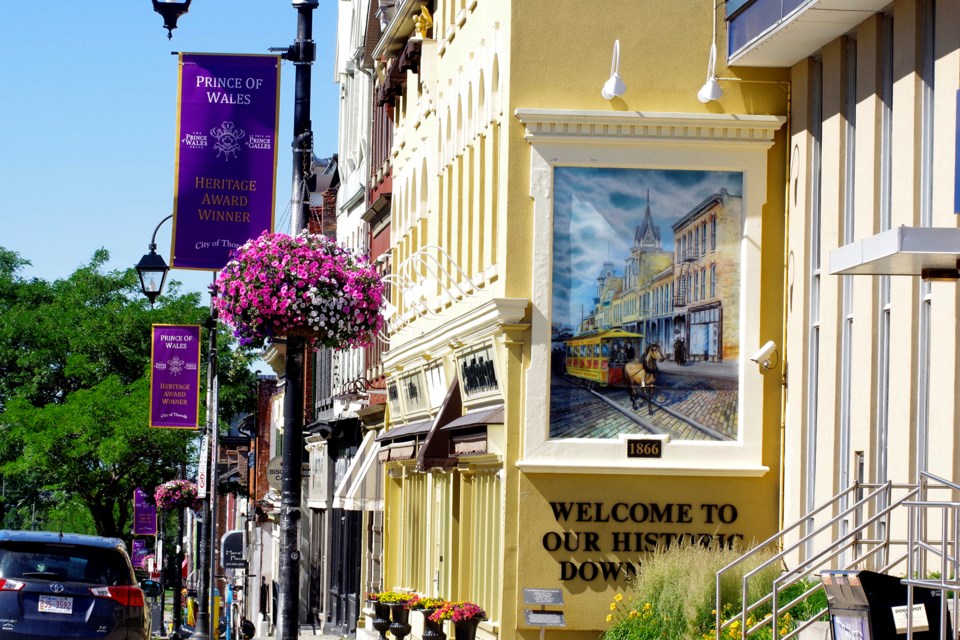Heritage: why does it matter?
Part of it is obvious. Even the most contemporary-minded residents — with no affinity towards history or old architecture — know that historic downtowns are a boon for any city.
Historic neighbourhoods are hot spots for local businesses, they are coveted by home buyers, and the tourism that they bring along can boost the local economy.
They are places offering character and uniqueness rather than sterile anonymity. What makes a city attractive to both residents and visitors is a cultural identity, a ‘sense of place’ and diversity, which heritage preservation helps to maintain.
With Canada Day fast approaching, we might also acknowledge that there is something to be learned from our history, both the good and the bad. Our heritage — whether in the form of oral traditions, written works, cultural and natural landscapes, or architecture — enables us to stay connected to the achievements and the mistakes of the past and apply these valuable lessons towards the future.
Time cannot stand still. It never has, and we, in the pursuit of progress, have always adapted to new circumstances. Regarding heritage preservation as an obstacle to progress and development is not only shortsighted, but it is also detrimental to our cultural identity as well as our economic and environmental stability.
While we need housing and intensification, our cities need to be livable. Smart intensification does not render a city less livable, but soulless homogenization and unsustainability most certainly do.
Canada is one of the world’s top waste producers, and the largest single-source contributor is the construction industry. This is not a condemnation, just a fact. It's the nature of the beast. Just consider the millions of tons of demolition waste going to landfill, while raw building resources are depleted at unprecedented levels. Many modern building materials are also leading producers of greenhouse gasses and other pollutants, and most are neither reusable nor recyclable. When even so-called ‘green’ buildings take 80 years to overcome the carbon footprint caused by their construction, we have a problem.
Contrary to popular belief, historic buildings are not inefficient, but fare as well or better than new-builds in terms of energy-efficiency when well-maintained or retrofitted. Superior craftsmanship, superior materials, and climate-conscious designs give them longevity and sustainability far beyond their modern counterparts.
They don’t build them like they used to, and sadly, we cannot. Both cost and material shortages prohibit it, though efforts can and must be made to think long-term rather than disposable when it comes to construction. It also makes the preservation of old buildings and their materials doubly important. In our present situation of an escalating climate crisis and the urgent need to use our resources more sustainably, the indiscriminate demolition of sound building stock in favour of new builds does not constitute progress.
Whenever possible, priority should be given to the reuse and retrofitting of old buildings, and especially our heritage buildings, with new construction as infill. The old and the new do not have to be mutually exclusive. They can enhance and benefit each other. Thorold deserves every chance to retain its character and vibrancy, while building a sustainable future.
That’s why heritage matters.
Anna O'Hare is the chair of the Heritage Thorold LACAC committee.



